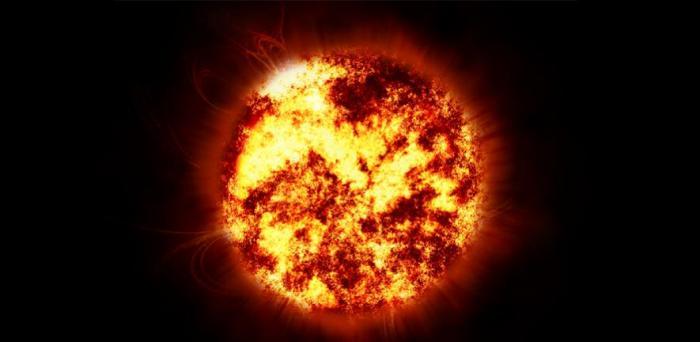A new study, led by researchers at the University of Cambridge and reported in the journal Physical Review D, suggests that some unexplained results from the XENON1T experiment in Italy may have been caused by dark energy, and not the dark matter the experiment was designed to detect.
They constructed a physical model to help explain the results, which may have originated from dark energy particles produced in a region of the Sun with strong magnetic fields, although future experiments will be required to confirm this explanation. The researchers say their study could be an important step toward the direct detection of dark energy.
Everything our eyes can see in the skies and in our everyday world – from tiny moons to massive galaxies, from ants to blue whales – makes up less than five percent of the universe. The rest is dark. About 27% is dark matter – the invisible force holding galaxies and the cosmic web together – while 68% is dark energy, which causes the universe to expand at an accelerated rate.
“Despite both components being invisible, we know a lot more about dark matter, since its existence was suggested as early as the 1920s, while dark energy wasn’t discovered until 1998,” said Dr Sunny Vagnozzi from Cambridge’s Kavli Institute for Cosmology, the paper’s first author. “Large-scale experiments like XENON1T have been designed to directly detect dark matter, by searching for signs of dark matter ‘hitting’ ordinary matter, but dark energy is even more elusive.”
Image: Sun
Credit: betmari
Reproduced courtesy of the University of Cambridge
